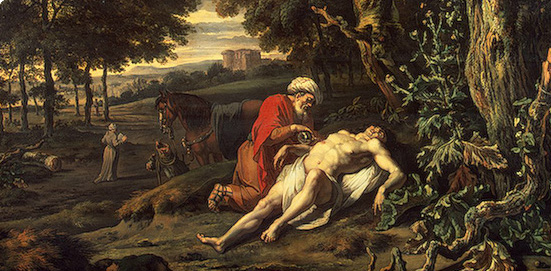
Samaritans: Then and Now
A negative view of Samaritans is found in many sources. These include the Hebrew scriptures, the New Testament, first century historian Josephus, and rabbinic writings. Learn more about the history of the Samaritans. The parable of the Good Samaritan in Luke 10.29–37 plays upon, and reverses, the typically negative… Read More












